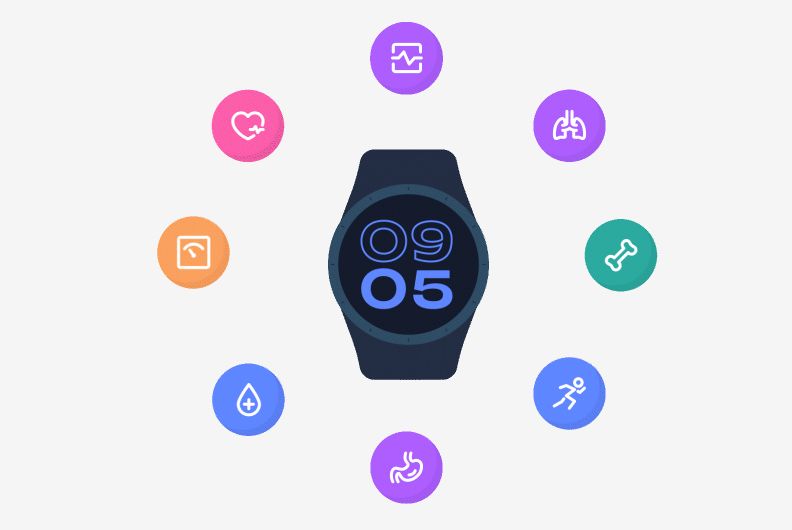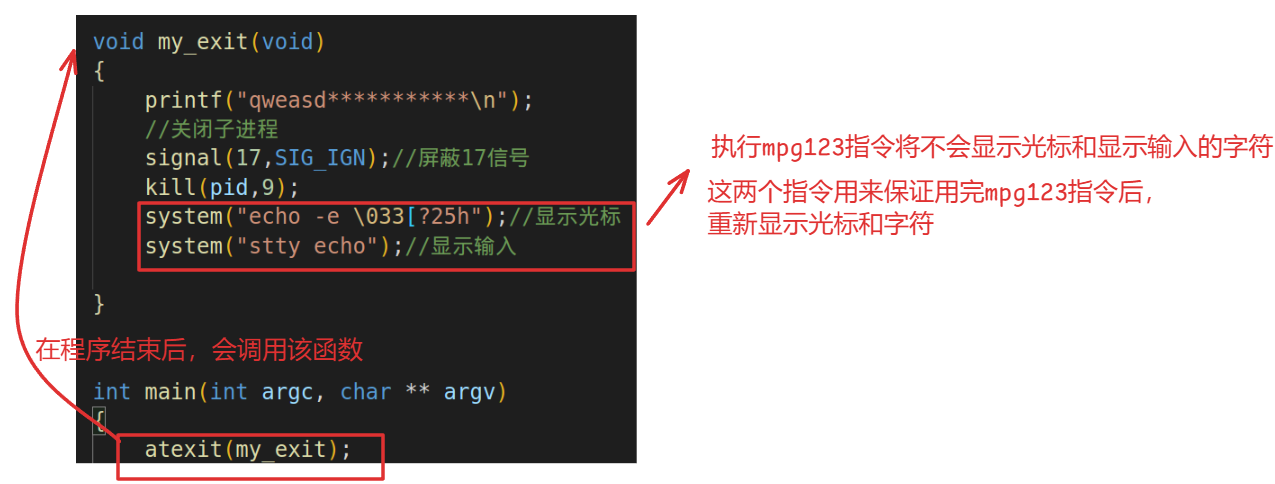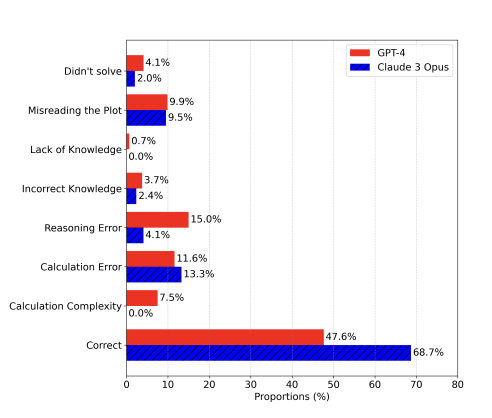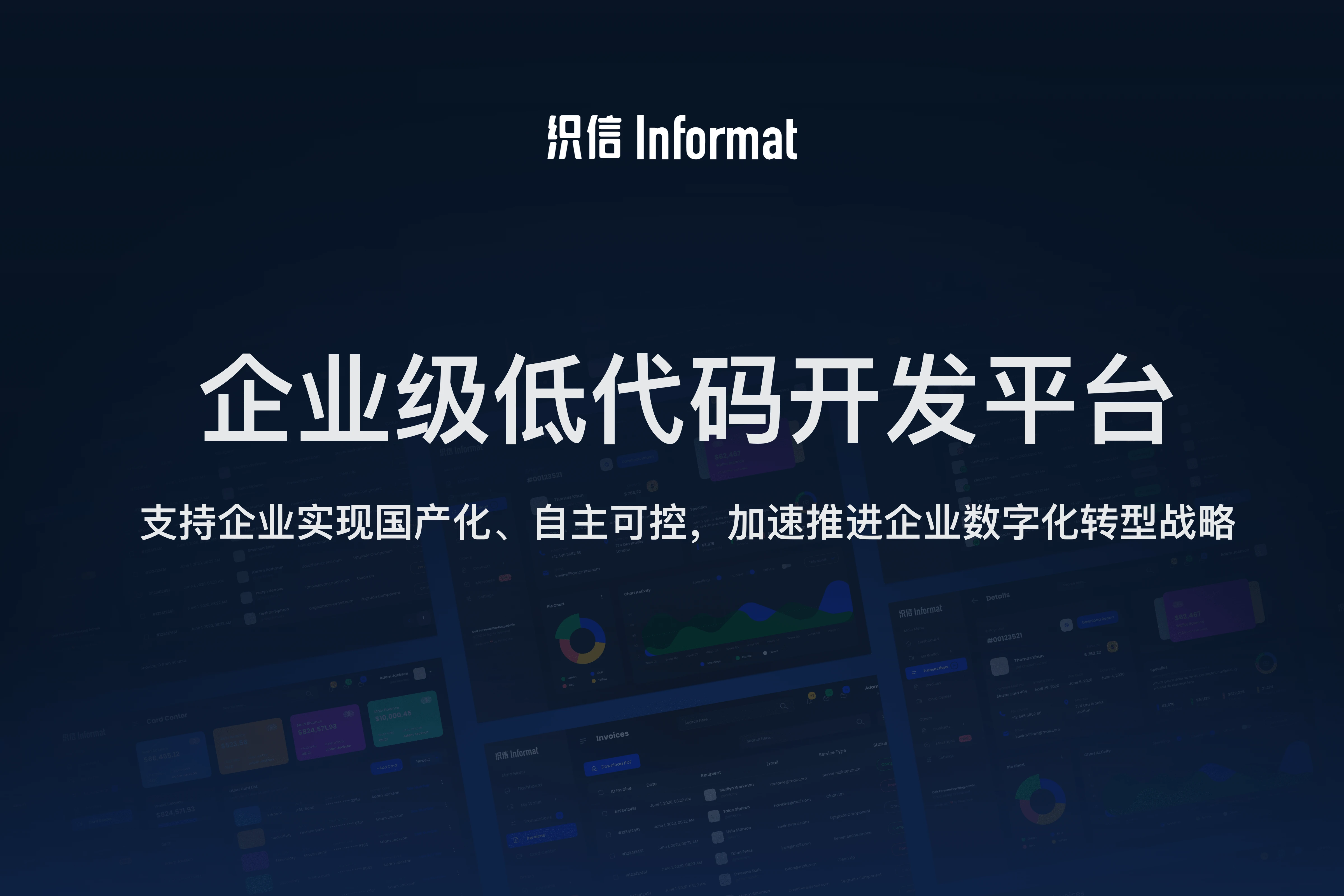缺陷检测的现状
工业缺陷数据有一个比较显著的特征:样本不平衡。绝大部分采集得到的工业数据都是没有缺陷的,这样一来,正样本的数据在模型训练中根本没有起到作用,负样本又太少,很难训练得到有效的模型。使用有监督学习的方法还有一个问题:负样本的出现是十分偶然的,可能在数据集中根本没有出现某一类型的负样本,如此训练得到的模型很有可能翻车,所以只能另寻他法。
Anomalib介绍
Anomalib属于无监督学习,无监督算法只使用正样本进行训练,网络经过大量的正样本学习,在遇到负样本时,就会知道负样本和正样本“长得不一样”,然后输出和原图尺寸相同的一张概率分布图,来表示某处是异常区域的概率大小。
附属项目连接
GitHub - openvinotoolkit/anomalib: An anomaly detection library comprising state-of-the-art algorithms and features such as experiment management, hyper-parameter optimization, and edge inference.
模型训练方法
通过查看anomalib train -h

可以看到一些训练的指令,这里我常用的是:
anomalib train --config .\config.yaml下面附上我的config.yaml
# anomalib==1.1.0
seed_everything: true
trainer:
accelerator: auto
strategy: auto
devices: 1
num_nodes: 1
precision: null
logger: null
callbacks: null
fast_dev_run: false
max_epochs: null
min_epochs: null
max_steps: -1
min_steps: null
max_time: null
limit_train_batches: null
limit_val_batches: null
limit_test_batches: null
limit_predict_batches: null
overfit_batches: 0.0
val_check_interval: null
check_val_every_n_epoch: 1
num_sanity_val_steps: null
log_every_n_steps: null
enable_checkpointing: null
enable_progress_bar: null
enable_model_summary: null
accumulate_grad_batches: 1
gradient_clip_val: null
gradient_clip_algorithm: null
deterministic: null
benchmark: null
inference_mode: true
use_distributed_sampler: true
profiler: null
detect_anomaly: false
barebones: false
plugins: null
sync_batchnorm: false
reload_dataloaders_every_n_epochs: 0
normalization:
normalization_method: MIN_MAX
task: SEGMENTATION
metrics:
image:
- F1Score
- AUROC
pixel: null
threshold:
class_path: anomalib.metrics.F1AdaptiveThreshold
init_args:
default_value: 0.5
thresholds: null
ignore_index: null
validate_args: true
compute_on_cpu: false
dist_sync_on_step: false
sync_on_compute: true
compute_with_cache: true
logging:
log_graph: false
default_root_dir: anomalib\train
ckpt_path: null
data:
class_path: anomalib.data.Folder
init_args:
name: A-1/crops/hxjzq
normal_dir: D:\python\anomalib-1.1.0\data\normal1
root: crop_new/cxjzq
abnormal_dir: null
normal_test_dir: null
mask_dir: null
normal_split_ratio: 0.2
extensions: null
train_batch_size: 16
eval_batch_size: 16
num_workers: 4
image_size: null
transform: null
train_transform: null
eval_transform: null
test_split_mode: synthetic
test_split_ratio: 0.2
val_split_mode: same_as_test
val_split_ratio: 0.5
seed: null
model:
class_path: anomalib.models.Patchcore
init_args:
backbone: wide_resnet50_2
layers:
- layer2
- layer3
pre_trained: true
coreset_sampling_ratio: 0.1
num_neighbors: 9训练完成后会得到一个模型

模型转为onnx方法
(官方给的是--export_model onn 这里我们改成 --export_type onnx)
anomalib export --model Patchcore --export_type onnx --ckpt_path D:\python\anomalib-1.1.0\anomalib\train\Patchcore\A-1\crops\hxjzq\v0\weights\lightning\model.ckpt--model的出处:(根据自己的配置文件进行修改)

运行:


调用onnx方法
# infer onnx model
import onnxruntime as ort
import cv2
import numpy as np
def infer_onnx(onnx_path, img_path,img_name):
ort_session = ort.InferenceSession(onnx_path)
image = cv2.imread(img_path)
image_blod = cv2.dnn.blobFromImage(image, scalefactor=1 / 255.0, size=(640,640), swapRB=True, )
model_inputs = ort_session.get_inputs()
output = ort_session.run(None, {model_inputs[0].name: image_blod})
# print('output',output)
# np.savetxt('res.csv', output[0].squeeze(), delimiter=',', fmt='%f')
# print(output[0])
# 计算放缩比例
print('image_shape',image.shape)
ratio_x = image.shape[1] / 224
ratio_y = image.shape[0] / 224
img_res = output[0].squeeze()
img_res = img_res.astype(np.uint8)
cv2.imwrite('img_res.jpg',img_res)
# thresh 返回的二值化图像
_, thresh = cv2.threshold(img_res, 45, 255, cv2.THRESH_BINARY) # 255白色
cv2.imwrite('thresh.jpg',thresh) # 异常图片显示(白色区域)
# print('thresh',thresh)
# contours 轮廓列表
contours, _ = cv2.findContours(thresh, cv2.RETR_TREE, cv2.CHAIN_APPROX_SIMPLE) # 只检测白色
if output[1] > 50:
for cnt in contours:
x, y, w, h = cv2.boundingRect(cnt) # 获取矩形左上角坐标和宽高
cv2.rectangle(image, (int(x*ratio_x), int(y*ratio_y)), (int((x + w)*ratio_x), int((y + h)*ratio_y)), (0, 0, 255), 2)
cv2.imwrite(f'{img_name}', image)
# print(f'{img_name}:', output[1])
if __name__ == '__main__':
onnx_path = r"E:\0806\export\Patchcore\A-2\xjslh\weights\onnx\model.onnx"
img_path = r"E:\0806\crop\A-2\crops\xjslh"
import os
from tqdm import tqdm
img_list = os.listdir(img_path)
for i in tqdm(img_list):
img_path_ = os.path.join(img_path, i)
infer_onnx(onnx_path, img_path_,i)



















